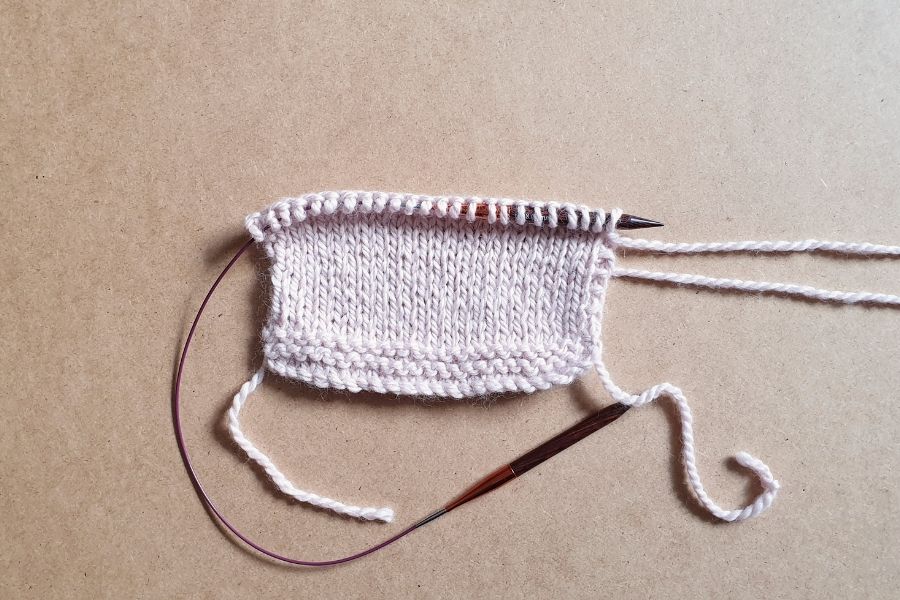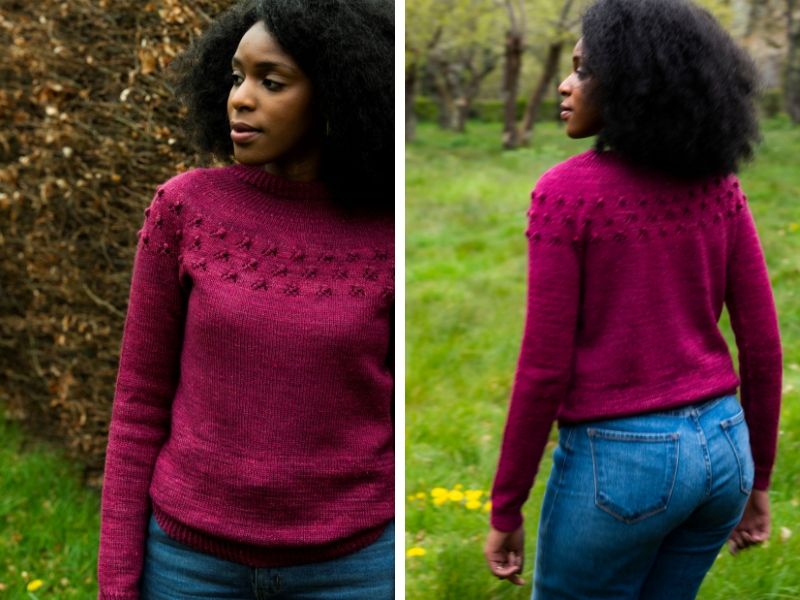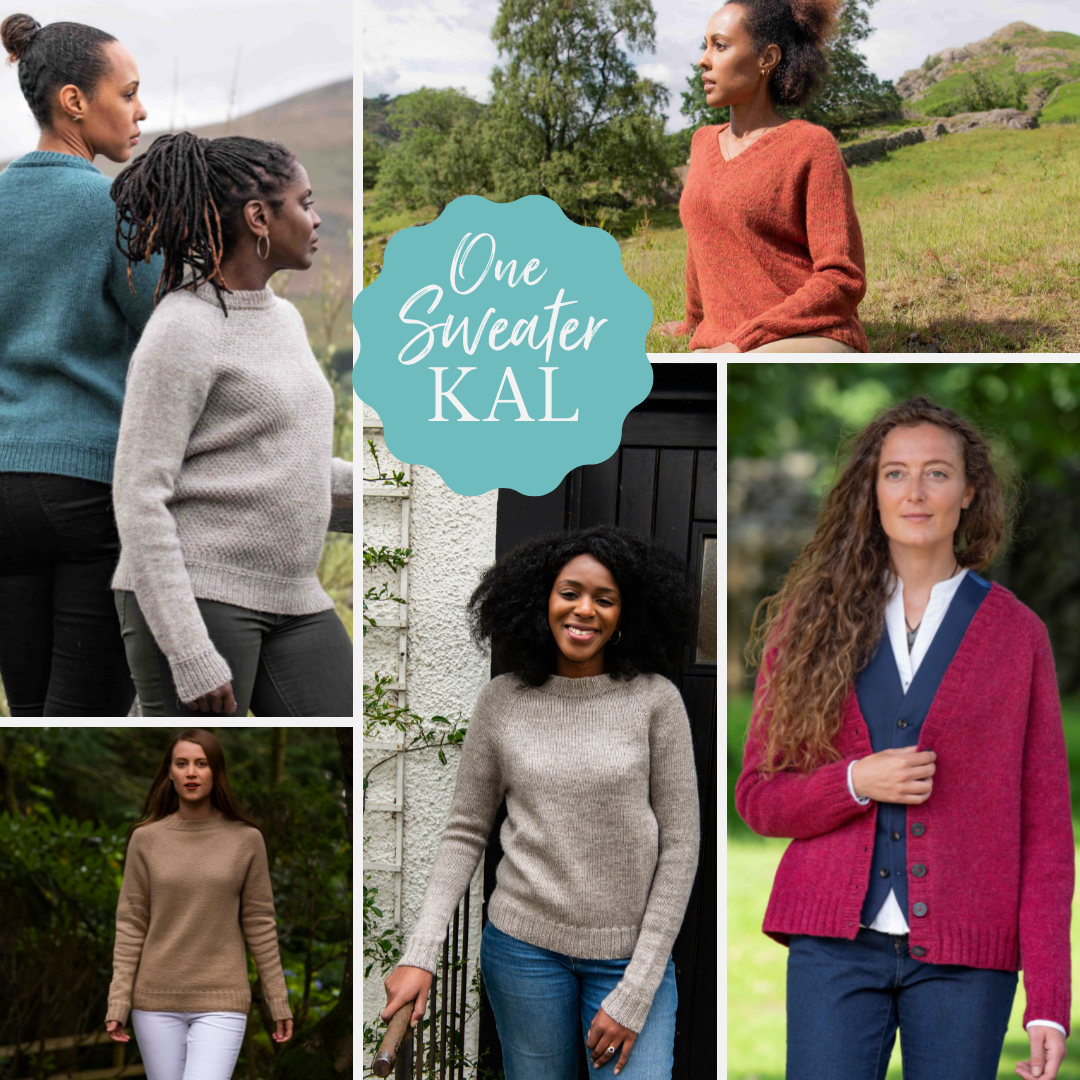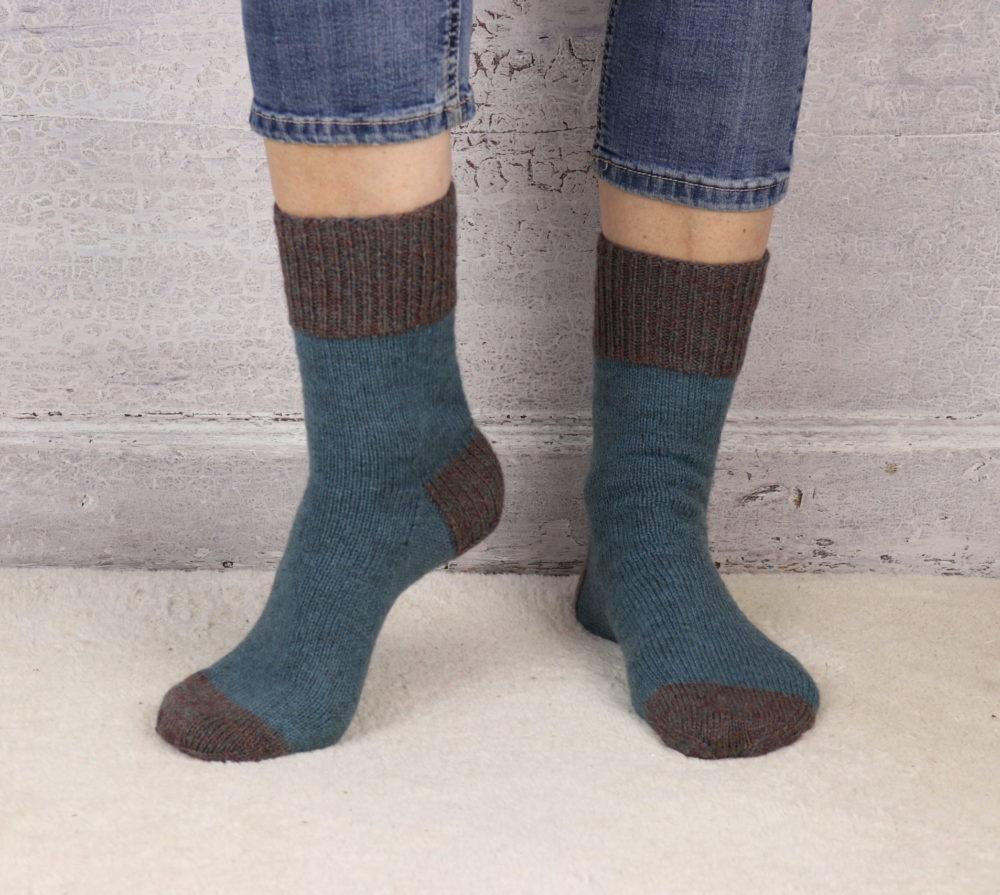
Learn to Knit the Lady’s Mantle Cowl by Lily Kate France
The Lady’s Mantle is a great project for the knitter who is just starting out and is ready for a small project to learn some

Have you ever knitted a whole project only to realise that your fabric is colour-blocking or pooling in unexpected ways? This is something that many makers have experienced and it can be very disappointing, especially when you have invested significant time and money in your project.
In this blog post, we will explain exactly why this happens and how you can make sure it never happens again.
Did you know that half of the yarns in our range are hand-dyed? This includes Acadia, Canopy Fingering, Meadow, Road to China Light, Terra and Tundra.
When we started working with our artisan dyers in Peru, Daphne, our founder, taught them her own techniques, developed over years of hand-dyeing our yarn in-house. Whilst we now produce yarn on a larger scale than we used to, it is very important to us that our yarns continue to look as painterly and multi-tonal as they always have.
Daphne showed the dyers exactly how to create the duotone effects that we are known for using large kettles. The resulting colourways have a depth of colour that could never be replicated using commercial dyeing techniques.
 Pooling and Colour-Blocking in Hand-Dyed Yarns
Pooling and Colour-Blocking in Hand-Dyed YarnsHand-dyed yarns are supposed to look a little random. Whether the irregularity is obvious or subtle, like in our yarn, it can be problematic when those irregularities stack on top of one another. These unintentional patterns become what is known as “pooling”.
As with all hand-dyed yarns, each skein of our yarn is unique. Dyeing in kettles is an art – not an exact science. Even in the same dye lot, it is very common to get colour variation. This means that, when you are working on a multi-skein project, some parts of your work might look darker or lighter than the rest – a problem we call “colour-blocking”.
Alternating skeins is the best way to stop both of these problems from happening.
If you are knitting a project that requires more than one skein of hand-dyed yarn, such as a sweater or a blanket, we highly recommend alternating skeins to avoid unwanted colour pooling. If you don’t, you risk being unhappy with your finished project.
On September 2nd, we will be releasing our Wythop sweater, which is knitted in Acadia. Whilst the yarn looks almost solid in the hank, it is very important that you alternate skeins whilst knitting this sweater. In cases like Acadia, it is almost impossible to predict whether a hand-dyed yarn will pool or create colour-blocks, even when you swatch with it, so it’s worth taking the extra step to ensure a consistent distribution of colour.
 How to Alternate Skeins
How to Alternate SkeinsAlternating skeins ensure that, even with significantly different skeins, it won’t be obvious where one skein ends and the next begins.
Before you begin, wind two skeins of yarn that you will work with at the same time. Then, follow the instructions below, according to whether you are knitting flat or in the round.
If you are knitting your project flat, work two rows at a time using the first skein. Then, switch to the other skein and knit the next two rows. Repeat this, carrying your yarn at the side of your work, until you have completed your project.
To transition from one skein to the next, drop the yarn you were working with and pick up the next. It’s as simple as that!
If you are knitting your project in the round, work two rounds at a time in the first skein. Then, switch to the other skein and knit two more rounds, carrying the yarn up the inside of your work. Repeat until you have finished.
To transition from one skein to the next:
Whether you are knitting flat or in the round, make sure you don’t pull too tight in the new yarn. Otherwise, the fabric will look a little taut in that area.
You can purchase Acadia, Canopy Fingering, Meadow, Road to China Light, Terra, Tundra and the rest of our yarn via one of our lovely stockists. If you’re having trouble finding a local stockist, get in touch with us and we will help you to find what you need.
 Free Knitting Pattern
Free Knitting PatternGet a Ravelry coupon to choose 1 of 5 free knitting patterns when you sign up to our newsletter.
You will also receive weekly emails on your favourite yarns, brand new pattern releases and exclusive offers we don’t share anywhere else.

The Lady’s Mantle is a great project for the knitter who is just starting out and is ready for a small project to learn some

The One Series started out from one basic principle: ‘a simple sweater is universal: it’s a garment that every wardrobe benefits from.’ So far in

Handmade socks are rewarding knitting projects which make wonderful gifts for you and those knit-worthy people in your life. If you have never knit socks,
Get 10% off your first kit or yarn purchase when you sign up for our newsletter!
The Fibre Co. will use the information you provide on this form to be in touch with you and to provide relevant updates
© 2023 The Fibre Co